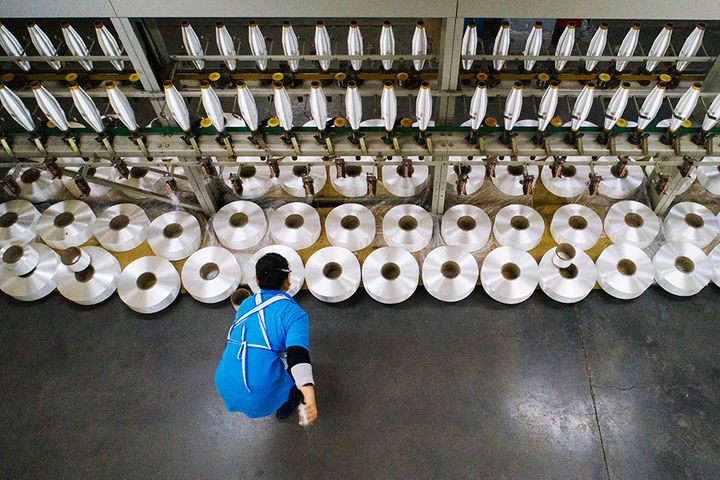 Non-Central Cities in Yangtze Delta To Undertake Industry Transfers, Experts Say
Non-Central Cities in Yangtze Delta To Undertake Industry Transfers, Experts Say(Yicai Global) Dec. 4 – The State Council, China's cabinet, issued a document to promote the economic integration of the Yangtze River Delta region this week. Despite being the most developed region in China, urban economic development varies to a large extent. Experts suggest that in the process of integrated development, non-central cities should boost linkages with central cities and undertake industrial transfer.
The integrated development plan spans Shanghai, as well as Jiangsu, Zhejiang, and Anhui provinces, covering an area of 358,000 square kilometers, according to the Outline of Integrated Development of the Yangtze River Delta issued by the State Council on Dec. 1. Some 27 cities in the central area drive the high-quality development of the whole region. They include Shanghai; Nanjing, Wuxi, and Changzhou in Jiangsu; Hangzhou, Ningbo, and Wenzhou in Zhejiang, and Anhui's Hefei, Wuhu and Ma'anshan.
The central area covers 225,000 square kilometers, accounting for 63 percent of the total. It has another 14 cities, many of which are underdeveloped areas.
The Outline proposes building an industrial transfer cluster in northern Anhui, promote the upgrading and transfer of traditional sectors such as heavy and chemical industries, engineering machinery, light industry and food, textiles and clothing from the central area to the competent cities outside it and in some coastal areas, establish a benefit-sharing mechanism for both sides of the industrial transfer, and strengthen policy support on land and financing for major transfer projects.
It is very important for the densely-populated areas in northwest Anhui and north Jiangsu to speed up the linkage with the central area and accelerate industrial transfer to it, experts said. The space-time distance between these less developed regions and the developed ones in the delta will be greatly reduced, especially with the construction and operation of high-speed rails.
The Yangtze River Delta's central area has a relatively high level of economic development in all aspects and the new economy and new industries are very prominent, Lin Fei, a researcher at the Institute of Economics of the Anhui Academy of Social Sciences, said, adding that clear industrial division of labor exists in the central and peripheral areas. The peripheral areas can undertake the transfer of the traditional manufacturing sector from the
core area and accelerate local economic and social development. They also need to accelerate industrial agglomeration and upgrade while undertaking the industrial transfer.
In addition, the Outline says that the relatively developed cities in non-central areas should build themselves into key cities in the region and promote the coordinated development of surrounding areas. They should explore cooperation modes such as building cooperative parks to jointly expand development space.
Developing bigger and stronger central cities improves resource concentration and their ability to conduct scientific research and innovation, as well as serve and boost the development of surrounding areas, Hu Shuigen, director of the Public Service and Performance Evaluation Research Center of Zhejiang University, told Yicai Global.